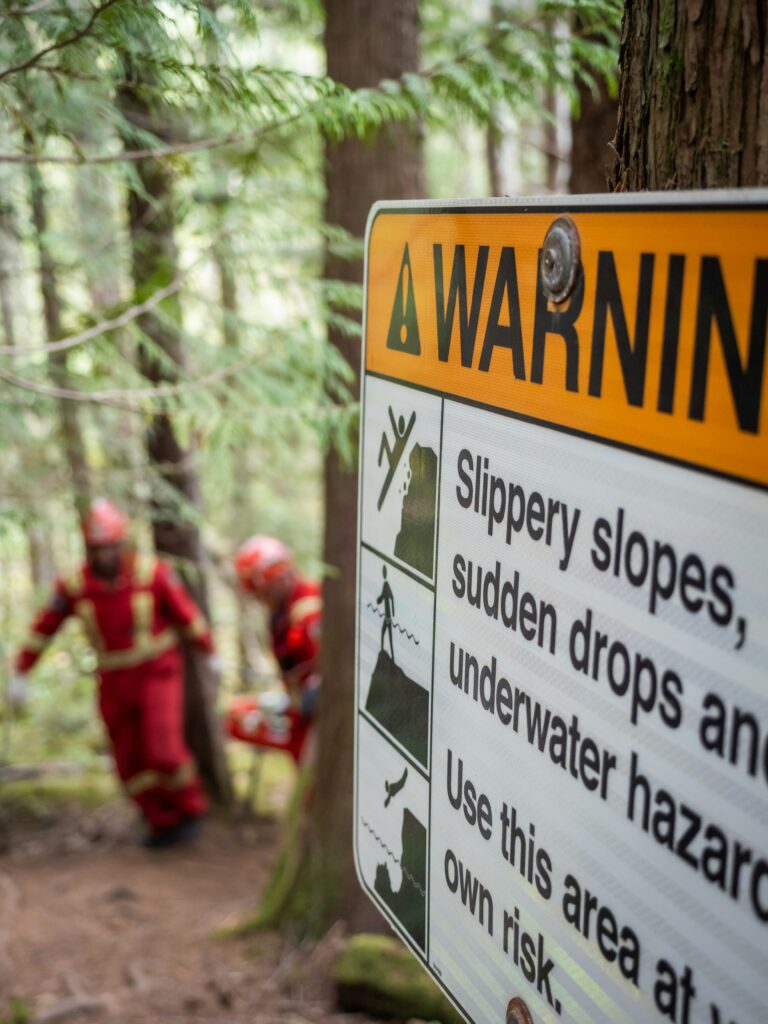Experiential Learning in the Backcountry: a Balance of Fun, Learning, Self-Development
Experiential EducationWe live in a world increasingly dominated by social media, virtual reality, and artificial intelligence. So, when it comes to backcountry and wilderness expeditions, participants of all ages have an opportunity to learn and grow in fun, challenging real-world settings.
Whether navigating rugged terrain, setting up a tent, or preparing a meal without the aid of modern appliances, participants in guided outdoor adventures are required to think critically, adapt quickly, reflect deeply, and collaborate closely with others. In this post, I explore how backcountry adventures serve as powerful catalysts for personal growth, leadership development, and environmental awareness.

Here at The National Center for Outdoor Adventure and Education (NCOAE), we offer guided outdoor expeditions that focus on creating profoundly empowering experiences for everyone involved. In the backdrop of a wilderness setting, we encourage participants —students on a summer teen leadership expedition or adults on one of our 21-day adult leadership expeditions — to challenge themselves to grow and expand upon their critical thinking, teamwork, and technical outdoor skills.
Most of our first-time participants have little to no experience in the backcountry, and that’s why our objective is not to turn them into avid backpackers, rock climbers, or paddlers. While our adventures often spark a new passion for these activities, our goal is to use the backcountry as a classroom that facilitates learning and personal or professional growth.
Outdoor and adventure-based experiential education in the backcountry enables our course participants to learn, grow, and build self-confidence. And they do this by: (more…)
Search and Rescue Basics for Wilderness Medicine
Wilderness MedicineAccording to some emergency medical professionals, including one of my early mentors, every emergency medical service (EMS) call involves a search. Even in urban settings where we’re given a home address for a patient, we need to confirm the location, find it, and gain access to the patient. And even after arriving at the right address, finding and gaining access to the patient within the home or building can be a challenge.
As a current or future Wilderness Medicine Care Provider, you may be called upon to provide care in diverse environments under a variety of circumstances — and you need to be prepared to do so. One of the environments we train for here at The National Center for Outdoor & Adventure Education (NCOAE) is the backcountry, more commonly referred to as the wilderness.

Wilderness medicine encompasses a broad range of scenarios, ranging from the simple treatment of basic cuts, scrapes, blisters, and bruises, to conducting complex search and rescue operations in remote areas, in dangerous weather conditions and across challenging terrain.
Patients are often those within an activity group or in a group nearby, but sometimes the incoming call notifies us of a problem in a remote, unclear location. In such cases, we need to find the patient before we can treat the patient, and in many cases, we need to move distressed individuals or parties to safety.
In this post, I bring you up to speed on the fundamentals of conducting search and rescue in diverse environments and unpredictable circumstances.
Defining Search and Rescue (SAR)
Wilderness medicine includes some complex and challenging diagnostic and treatment procedures. SAR adds another layer of complexity to make it even more challenging. To gain a better understanding of the challenges, consider what each of these tasks involves: (more…)
TALK TO US
Have any further questions about our courses, what you’ll learn, or what else to expect? Contact us, we’re here to help!